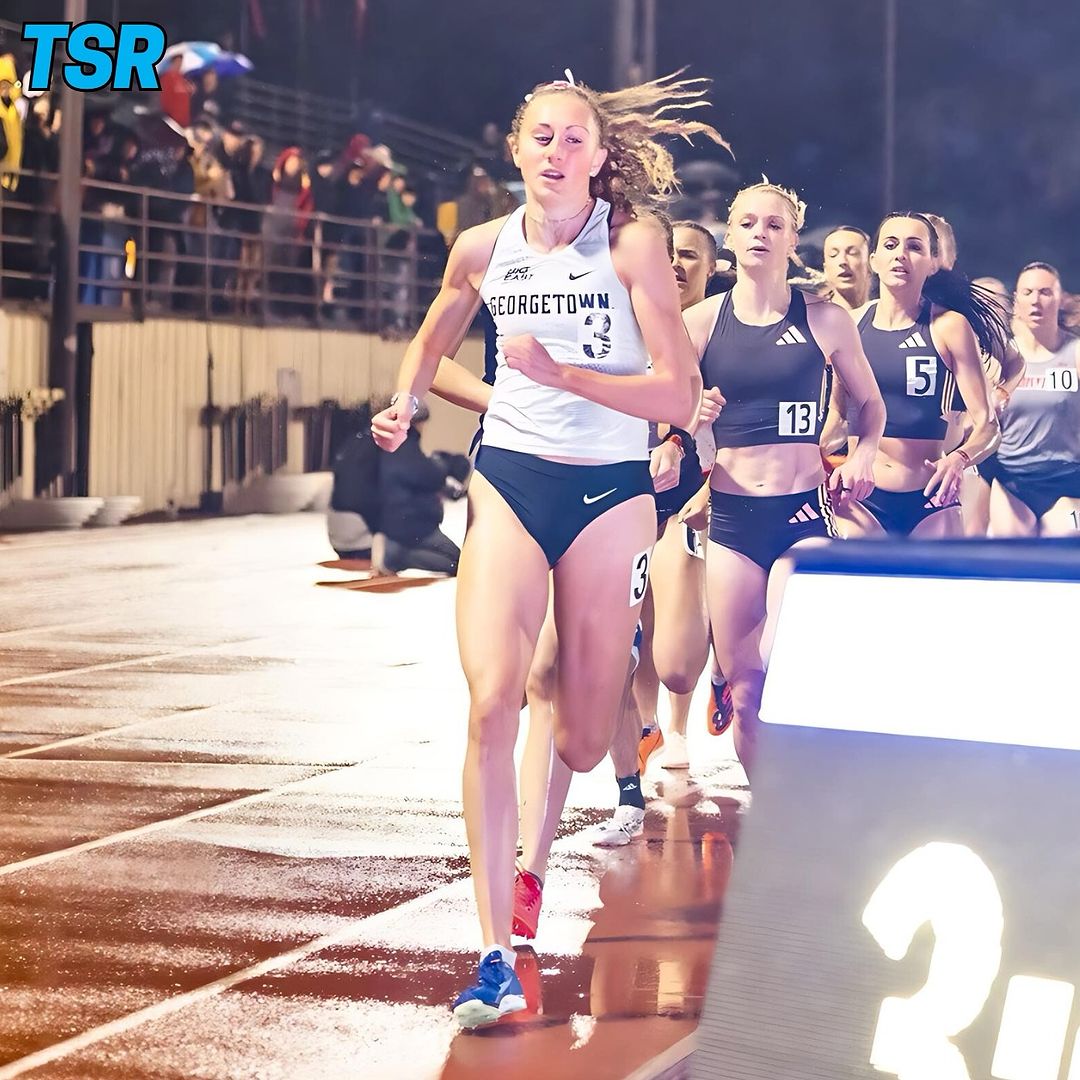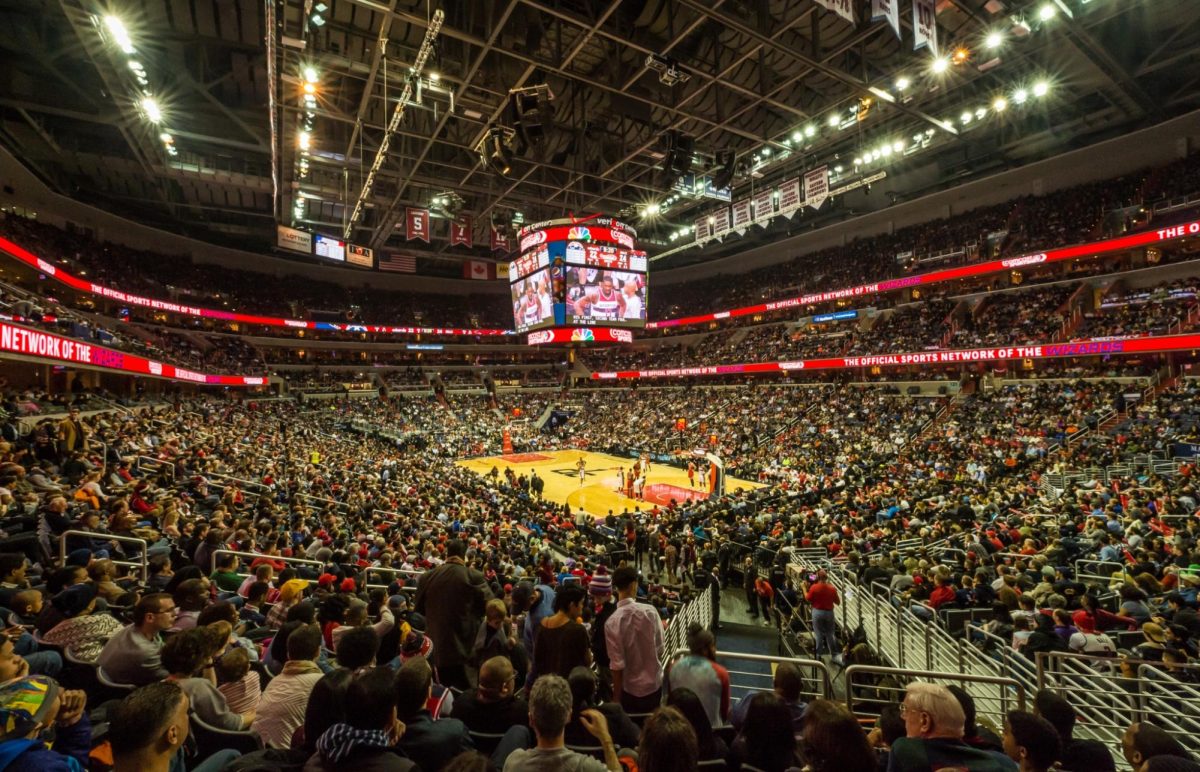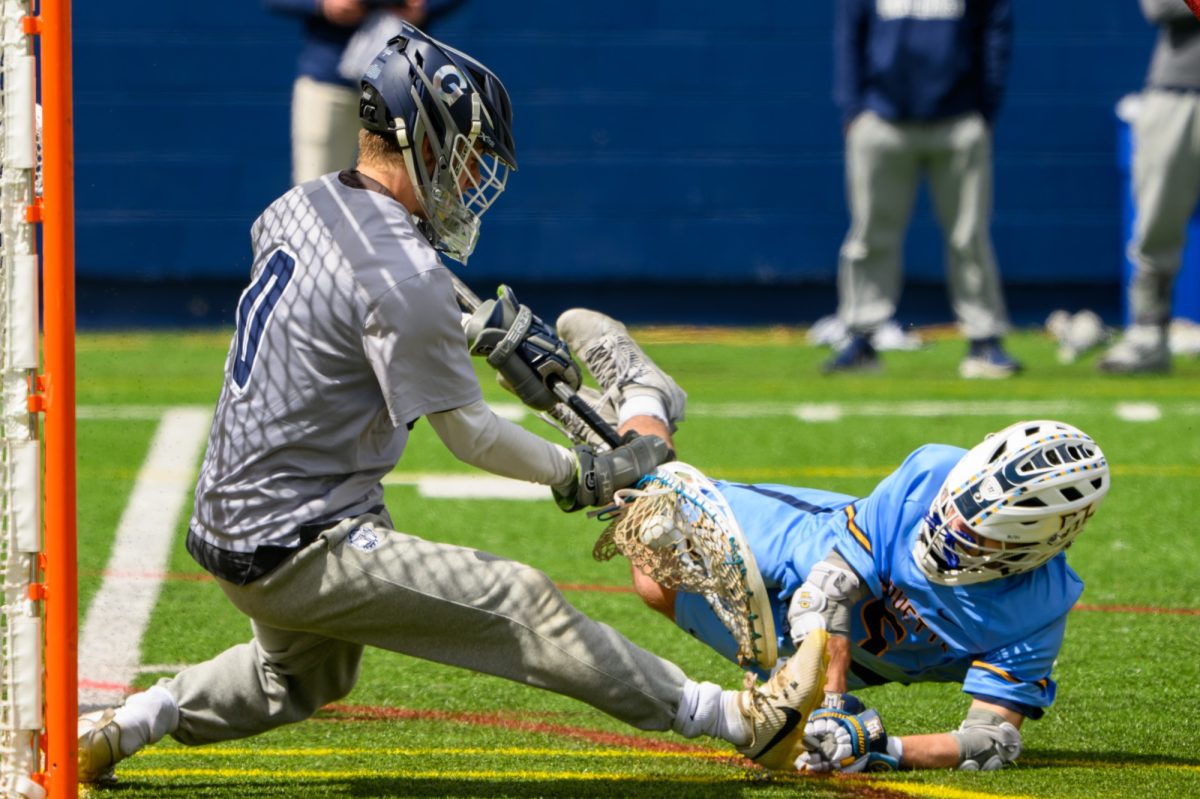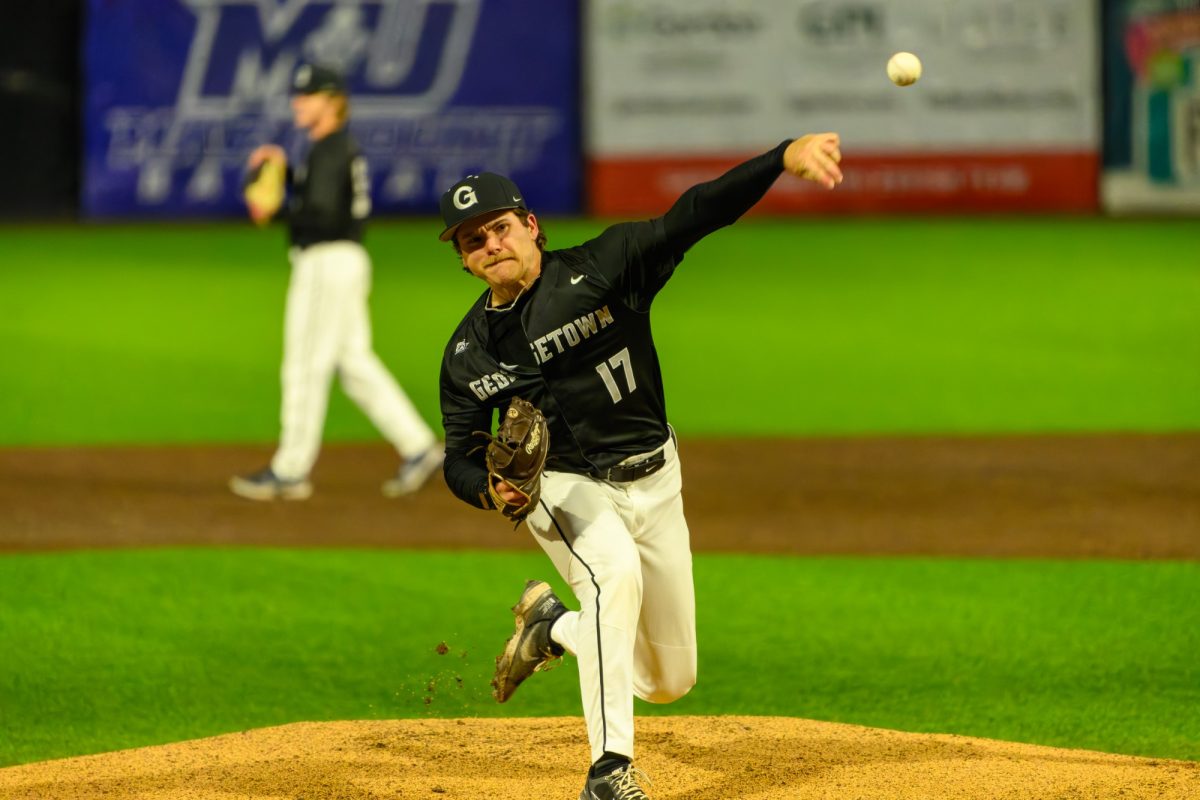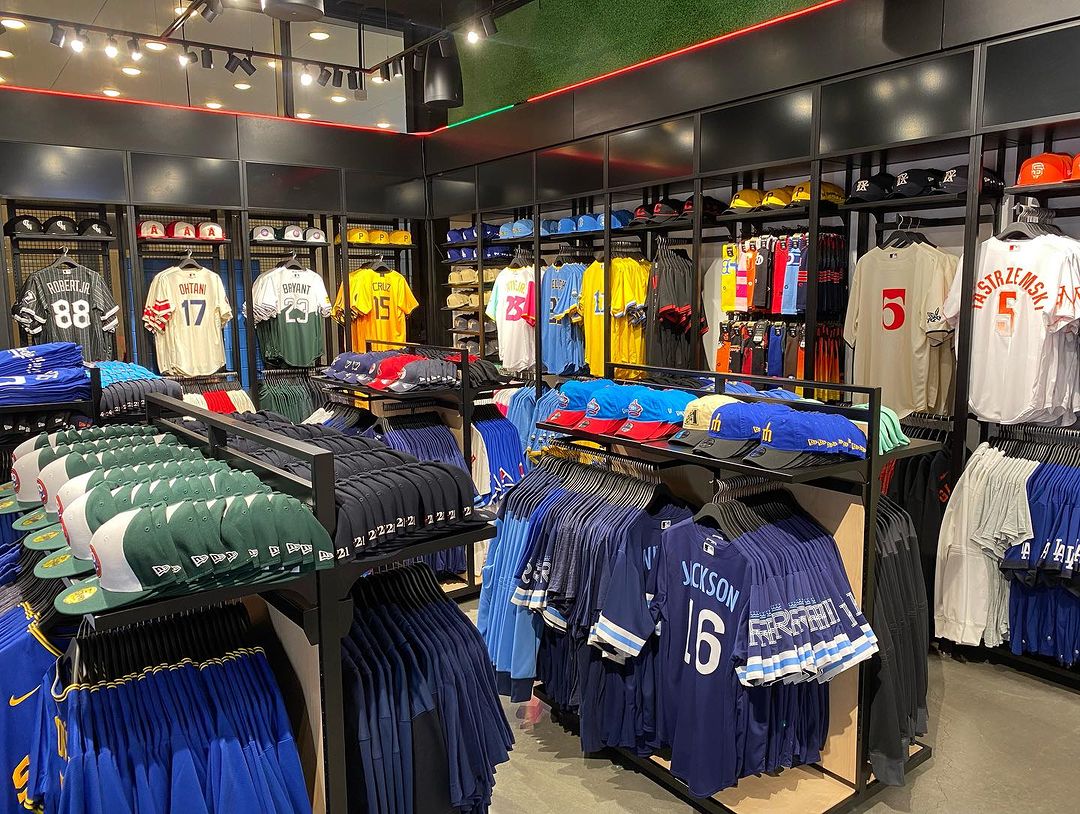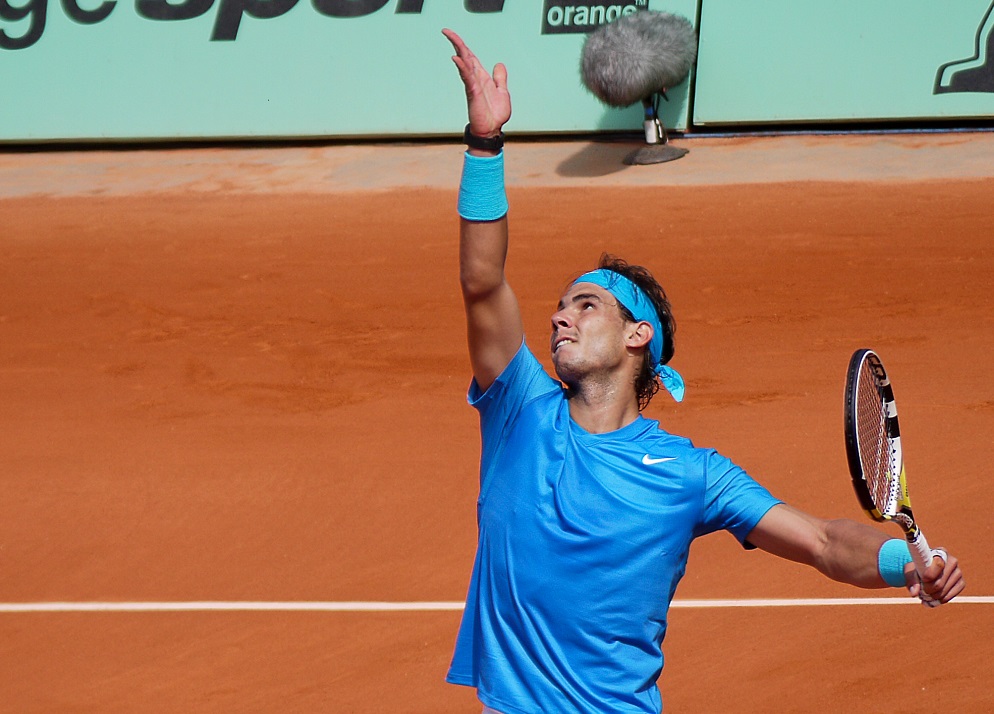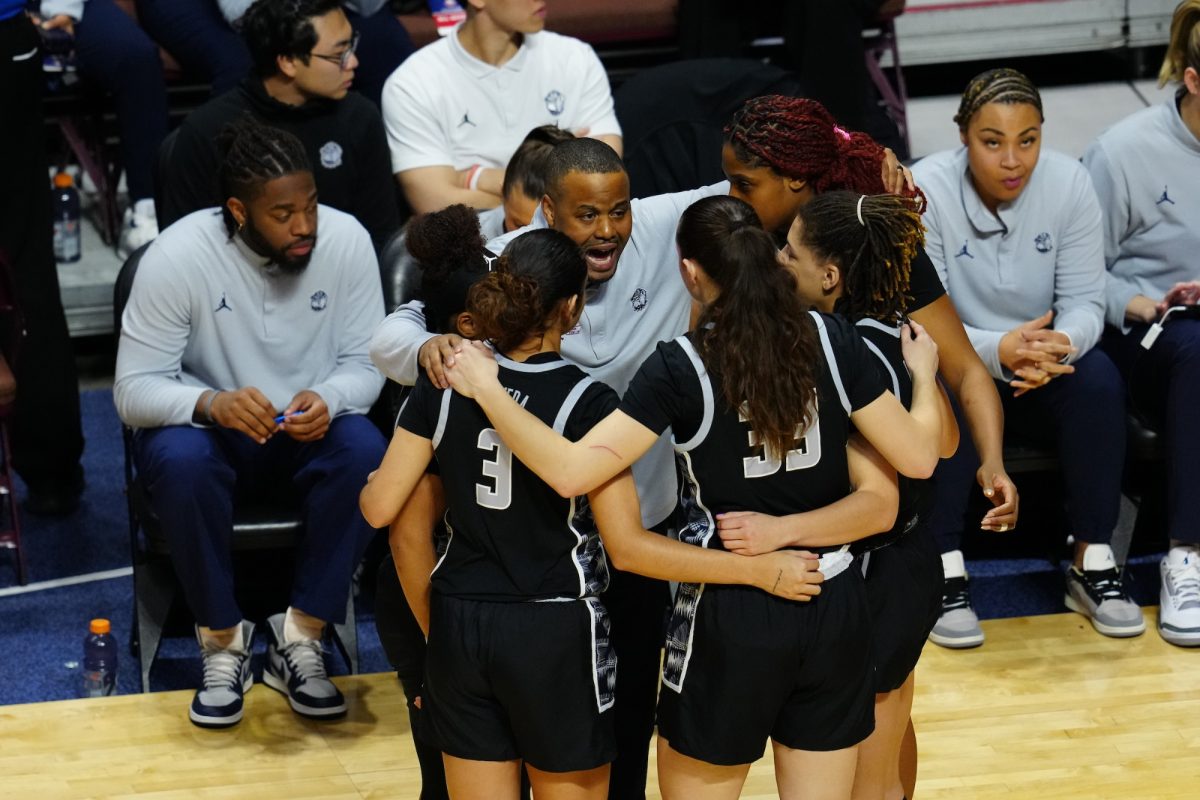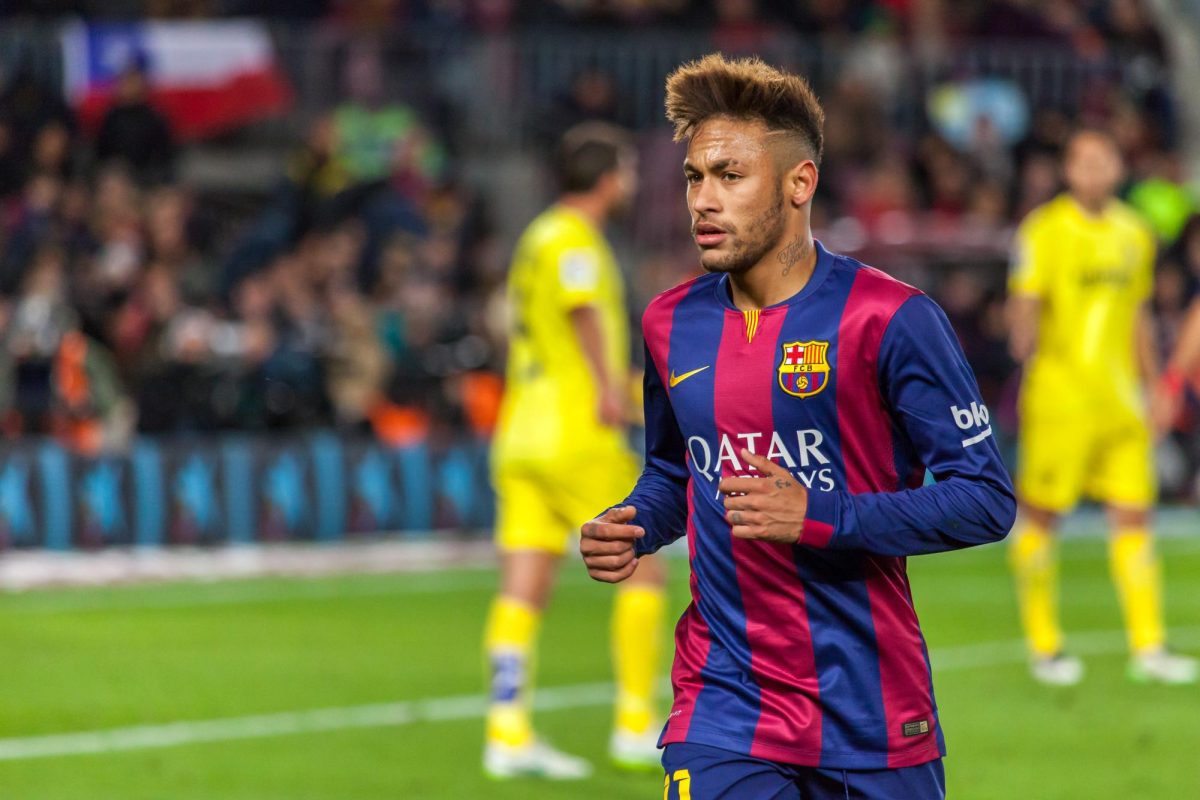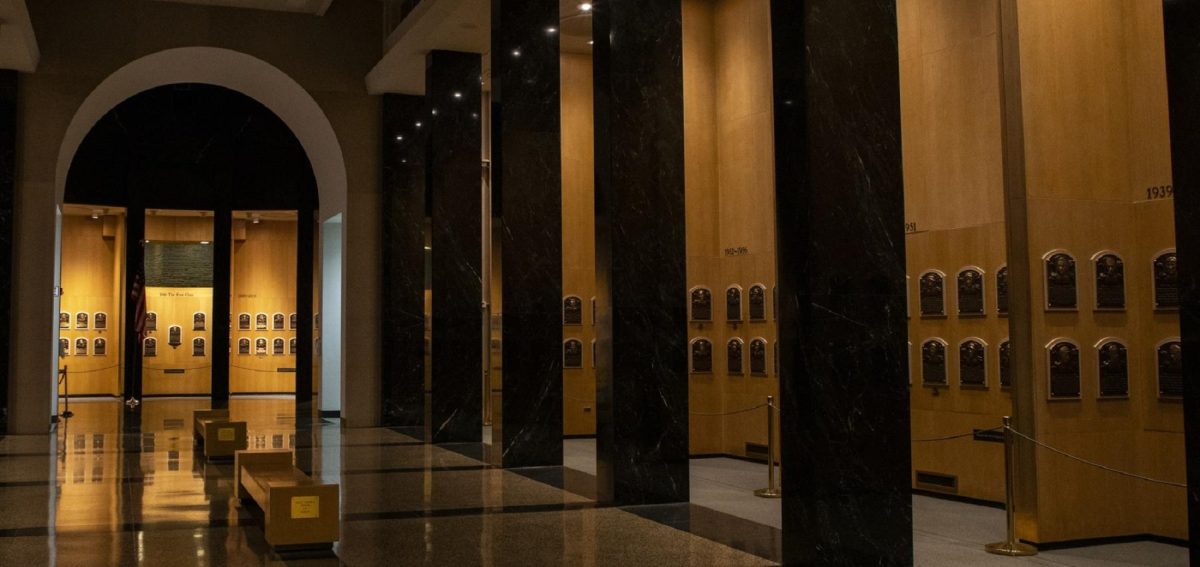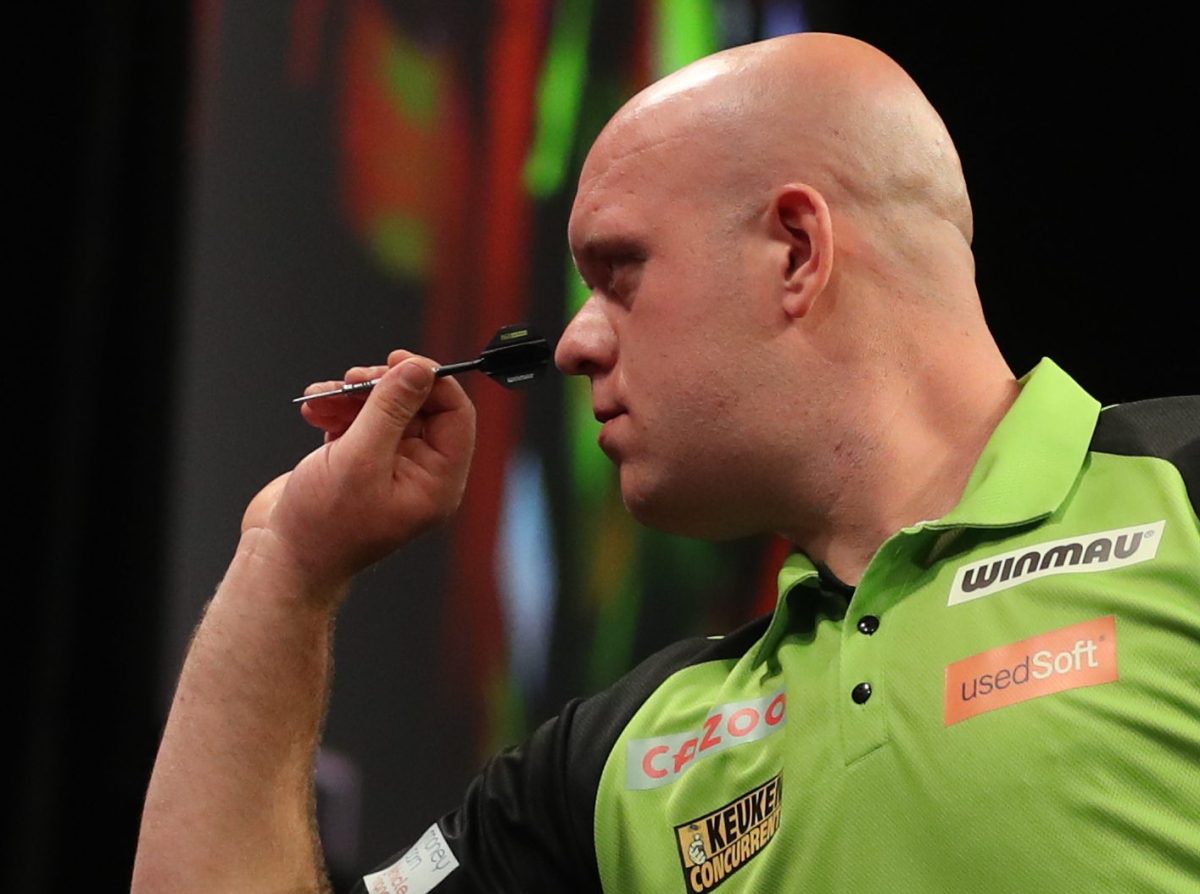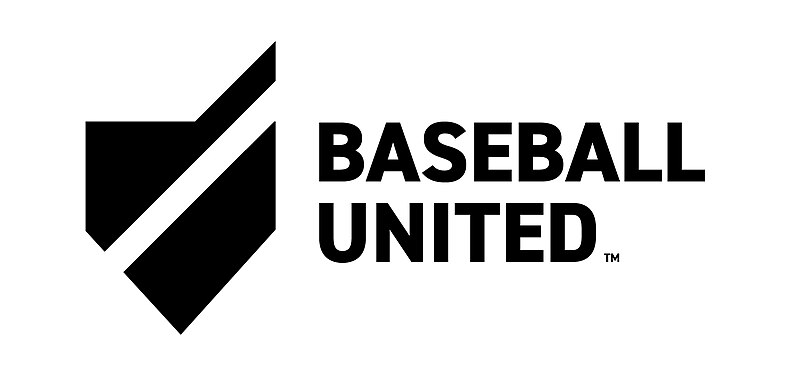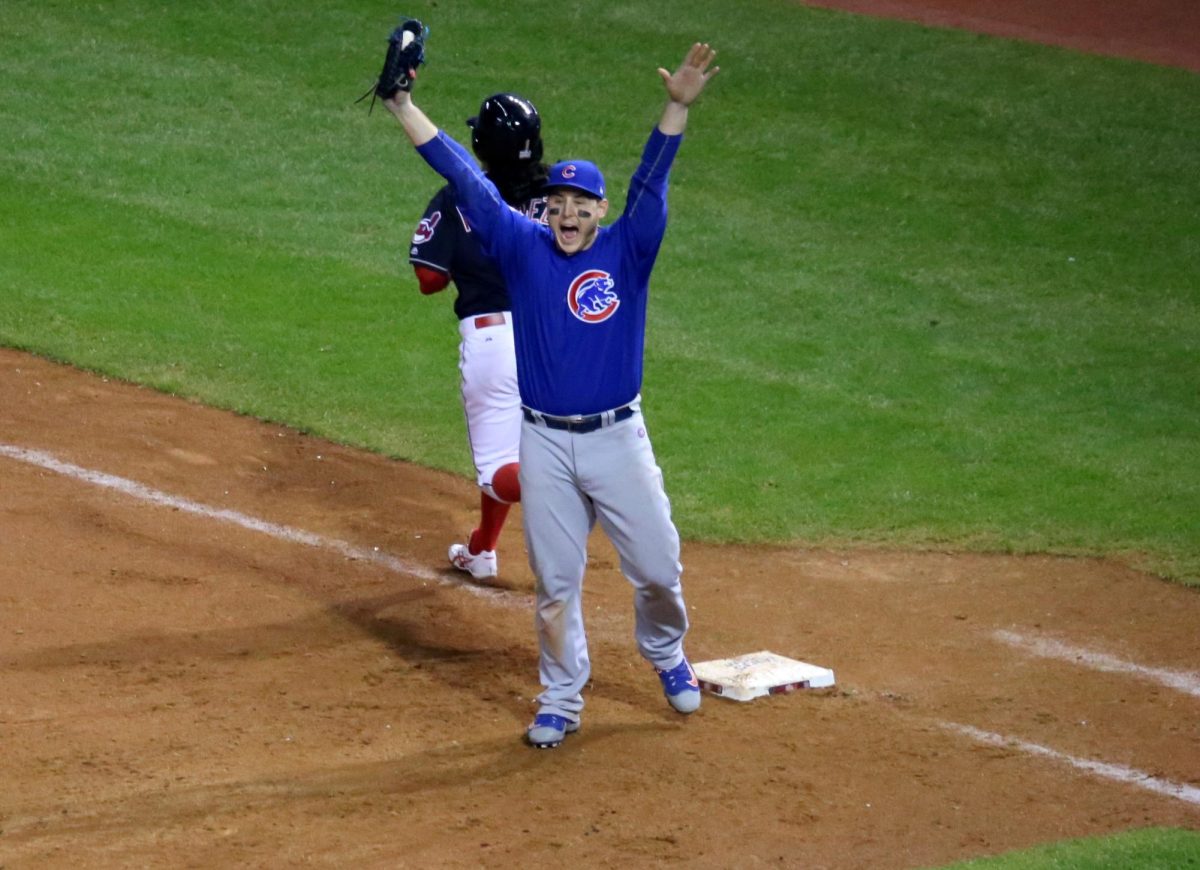The Toronto Blue Jays’ sudden dominance since their acquisitions of Troy Tulowitzki and David Price has many fans in Toronto hoping their team’s 22-year playoff drought — the longest active streak in the four major sports — will finally come to an end. Prior to adding Tulowitzki and Price to its roster, Toronto had a 50-51 record and stood in fourth place in the AL East, eight games behind the division-leading New York Yankees. Two and a half weeks later, those same Blue Jays lead the AL Wild Card race and are just 1.5 games behind the Yankees, giving Toronto an opportunity to win its division in the last two months of the season.
With a 65-54 record that was boosted by an 11-game winning streak, fans and sports pundits alike will likely praise the Blue Jays for making those two key acquisitions before the trade deadline. For me, the two trades raise the question of how many other times baseball fans saw mid-season acquisitions that had a season-changing impact on their improved teams.
I will answer this question by looking at 10 of the best mid-season trades in which the acquisition of a significant player led a team to the playoffs and/or helped a team win in the playoffs. While I explore trades that occurred since 1960, it’s important to note that prior to 1986, the trade deadline was June 15, as opposed to the current deadline of July 31, and that 1969 was the first introduction of the League Championship Series in both leagues.
I’ve divided the trades into two categories: teams in a playoff drought and teams not in a playoff drought, focusing on the latter first.
- The Houston Astros acquire Randy Johnson from the Seattle Mariners in 1998: Prior to the acquisition of Johnson on July 31, the team was 64-44 and 3.5 games up in the NL Central; nevertheless, Houston wanted an ace for its rotation and hoped the one-time Cy Young winner would fill that role. The future Hall of Famer did everything the Astros hoped for, going 10-1 with a 1.28 ERA and 116 strikeouts in 84.1 innings and finishing seventh in Cy Young voting. Behind a franchise-record 102 wins, the Astros won the Central Division, but lost in the NLDS.
- The Astros acquire Carlos Beltran from the Kansas City Royals in 2004: Beltran, a first-time All-Star, drove in 23 home runs and 53 RBI and helped the Astros clinch the NL Wild Card. Beltran also helped Houston reach the NLCS, but the team lost to the St. Louis Cardinals in a seven-game series.
- The Atlanta Braves’ acquisition of Fred McGriff on July 18, 1993: The Braves had lost back-to-back World Series and, wanting to compete for another pennant, acquired McGriff to help them track down the San Francisco Giants and win the Wild Card race. Prior to acquiring McGriff, the Braves were nine games behind the San Francisco Giants with a 53-41 record, but after the trade, the Braves went 51-17 and won their division on the last day of the season with a record of 104-58. Their turnaround season is now widely considered one of the best division races of the past few decades.
- The Los Angeles Dodgers’ acquisition of Manny Ramirez at the deadline in 2008: In 2008, Ramirez starred with the Dodgers, hitting .396 with a 1.232 OPS, 17 home runs and 53 RBI. He finished fourth in MVP voting and helped lead the Dodgers to their first NLCS appearance in 20 years.
- The Philadelphia Phillies’ acquisition of Cliff Lee right before the deadline in 2009: Lee was acquired to help the Phillies return to the World Series, an expectation that he duly fulfilled. Lee went 4-0 in the playoffs with a 1.56 ERA and won both of his games in the World Series. Unfortunately for Lee, his two wins were the only ones that Philadelphia won in the World Series, as the Phillies fell to the Yankees in a six-game series.
Drought teams, the second category of teams, are teams whose playoff appearances are punctuated by many years, if not decades.
- The New York Mets’ acquisition of first baseman Donn Clendenon in 1969: This acquisition stands out because of Clendenon’s achievements in the postseason. His numbers were not the reason the Mets made the playoffs for the first time since they became a team in 1962, but he hit three key home runs in the World Series and won MVP. Clendenon’s impact is much smaller than those of other players on this list, but he greatly aided in what all the teams wanted: a championship.
- The New York Yankees’ trade for David Cone on July 28, 1995: The Yankees had not made the playoffs since 1981, and on the day of the trade for Cone, they were 41-42 and one game back in the Wild Card standings. Cone helped anchor the Yankees’ rotation as he went 9-2 with a 3.82 ERA after the trade and finished fourth in Cy Young voting. The Yankees went 37-23 and won the Wild Card before losing to the Mariners in the ALDS.
The last three trades are what I would rank as the most significant out of all the deadline deals. Like the aforementioned New York teams, these mid-season acquisitions all helped teams with several years between playoff appearances.
- The St. Louis Cardinals acquire Lou Brock in 1964: The Hall of Famer is one of the greatest hitters and base runners in MLB history, ranking 25th in hits and second in all-time steals. But after two full seasons with the Chicago Cubs, the team gave up on him and sent him to the St. Louis Cardinals. The move paid off for Brock and the Cards: Brock hit .348 with a .915 OPS, 33 stolen bases, 44 RBIs and finished 10th in MVP voting. The day before Brock joined the team, the Cardinals were 28-30 and 6.5 games out of first place. After the trade, they went 65-39 and won the National League pennant. This ended an 18-year absence from the World Series, still the longest playoff drought in the Cubs’ history, and they won it all against the Yankees. In a 2007 article for Baseball Prospectus, statistician Nate Silver ranked this as the greatest comeback in MLB history.
- The Chicago Cubs’ acquisition of Rick Sutcliffe from the Cleveland Indians in 1984: The Cubs had not made the playoffs since the World Series in 1945, and trading for Sutcliffe ultimately became one of the biggest factors in ending that playoff-drought. With the Indians Sutcliffe was 4-5 with a 5.15 ERA in 94.1 IP, but after the trade he was almost unhittable. He went 16-1 with a 2.69 ERA in 150.1 IP and won the Cy Young Award. The Cubs finished 96-65 and won the Eastern Division. They lost to the Padres in the NLCS, but ending a 39-year drought has etched the 1984 Cubs in the memories of their fans.
- C.C. Sabathia’s move from the Indians to the Milwaukee Brewers in 2008: This final trade is probably still fresh in the minds of many baseball fans. What Manny Ramirez did for the Dodgers with his bat, Sabathia did with his arm as he single-handedly led the Brewers to their first postseason appearance since 1982. Sabathia went 11-2 with a 1.65 ERA, threw seven complete games and compiled a 4.6 WAR according to fangraphs.com. He finished sixth in MVP voting and fifth in Cy Young voting and won himself a seven-year, $161 million contract with the Yankees in the offseason. His performance toward the end of the season, which included three consecutive starts on three-days rest and a complete game against the Cubs in their last game of the season to clinch the Wild Card, should go down in baseball history.
If these playoff-hungry Blue Jays do make it to the postseason after 22 long years, I’d place the trades for Tulowitzki and Price in the category of these last three, most historic trades.
Robert DePaolo is a rising senior in the College. The Wind-Up appears every Saturday.







